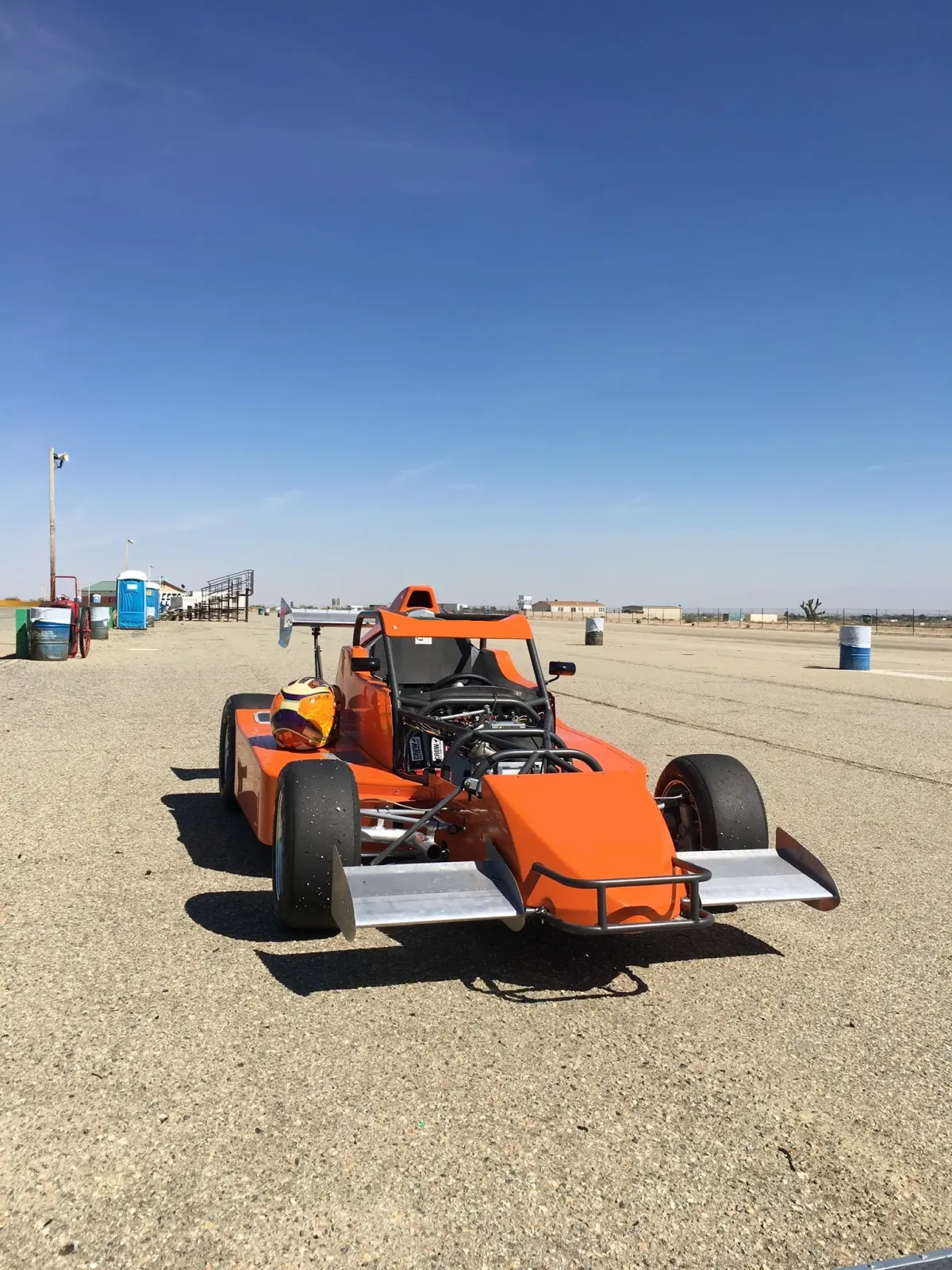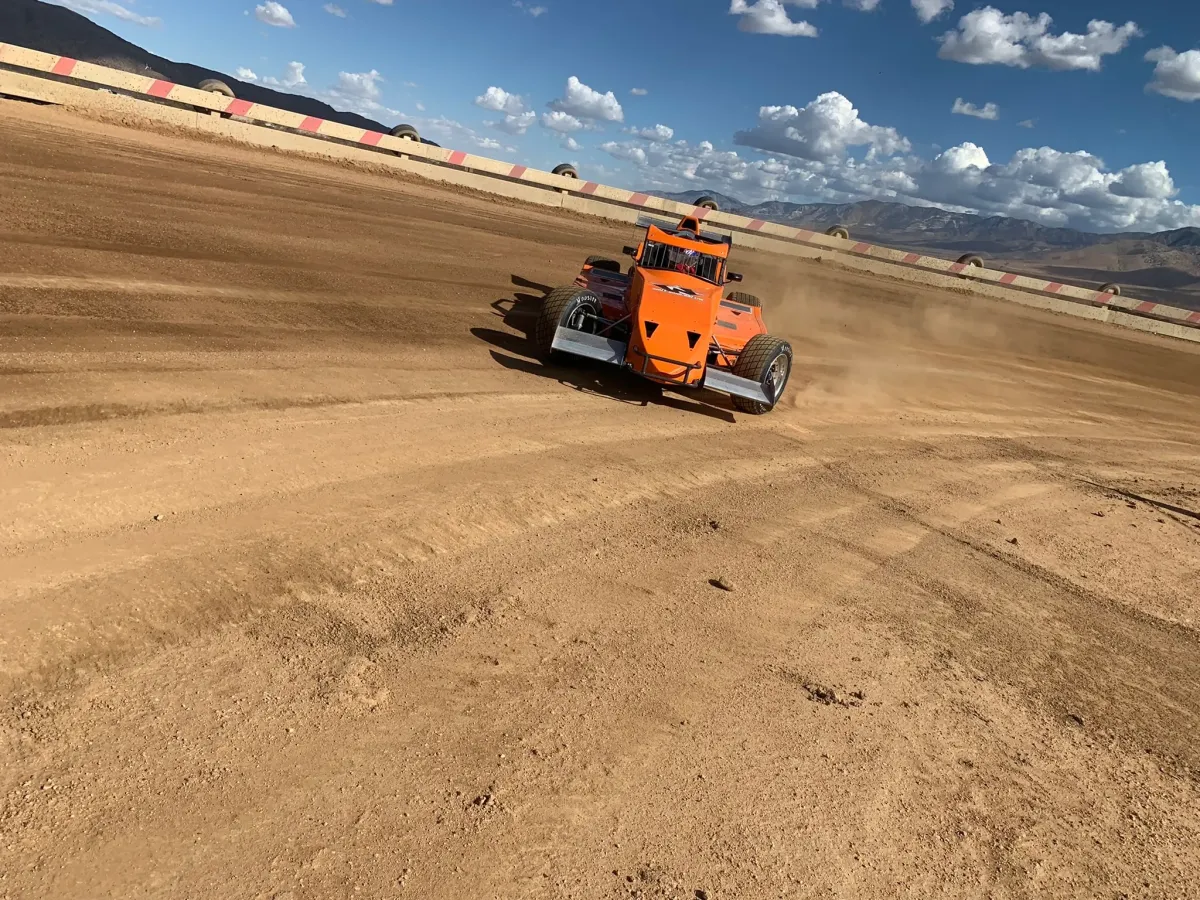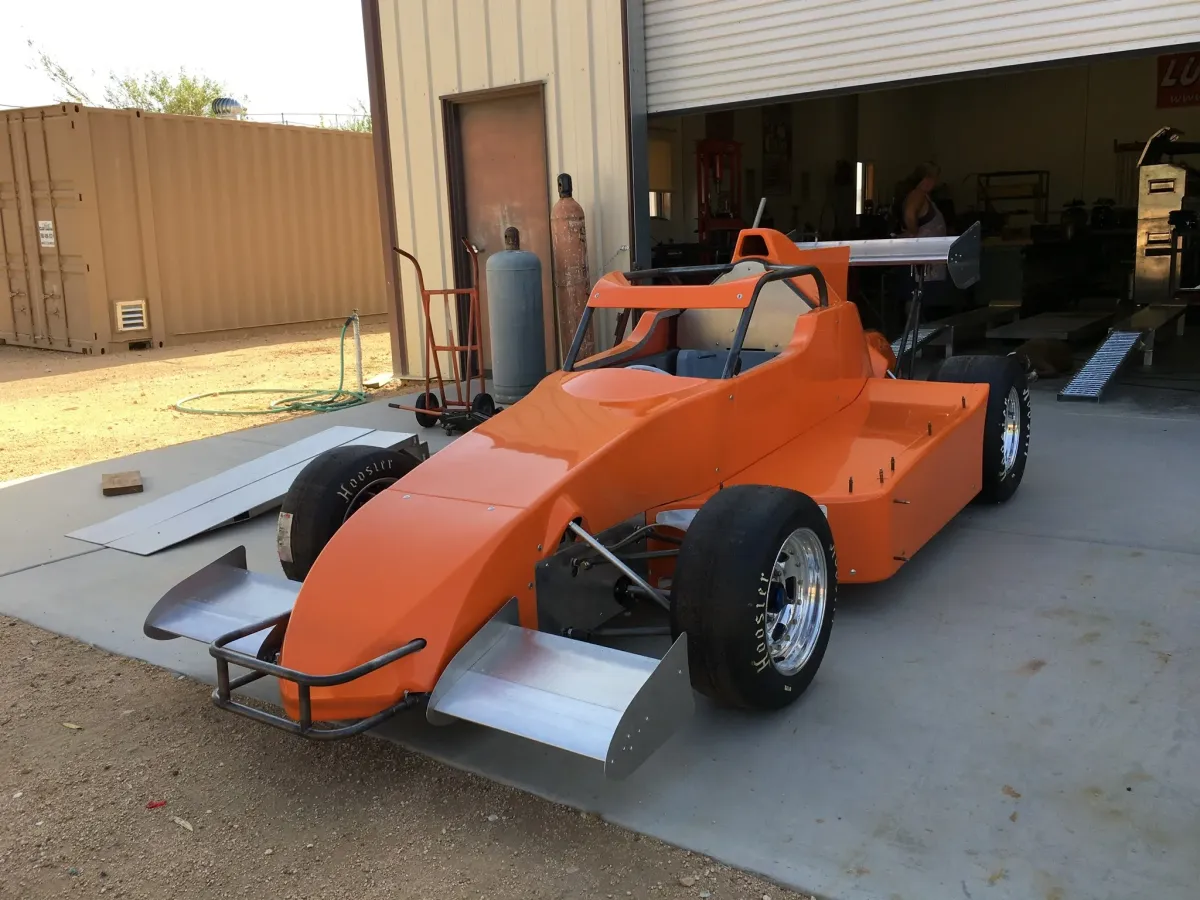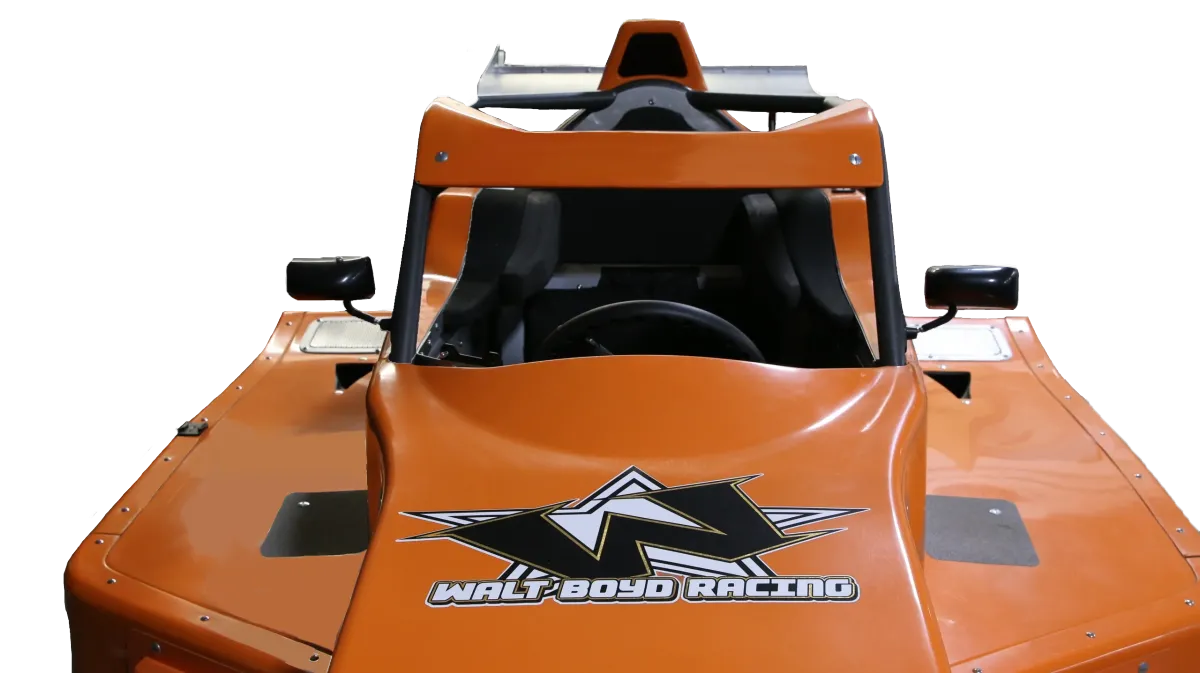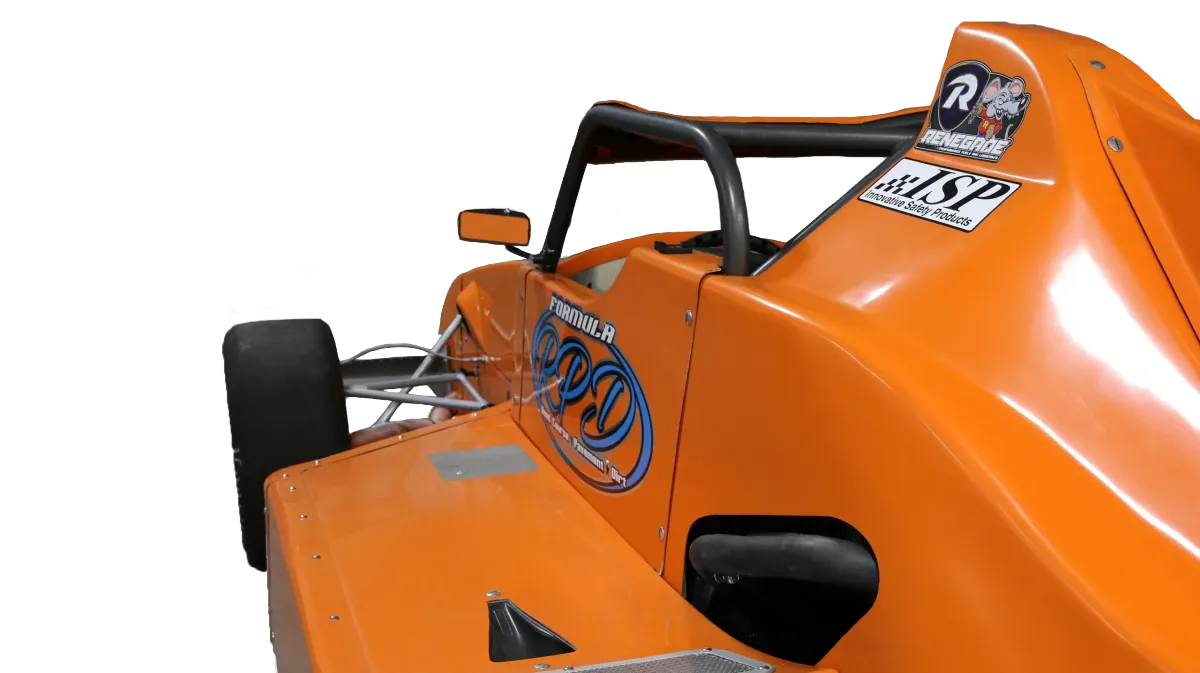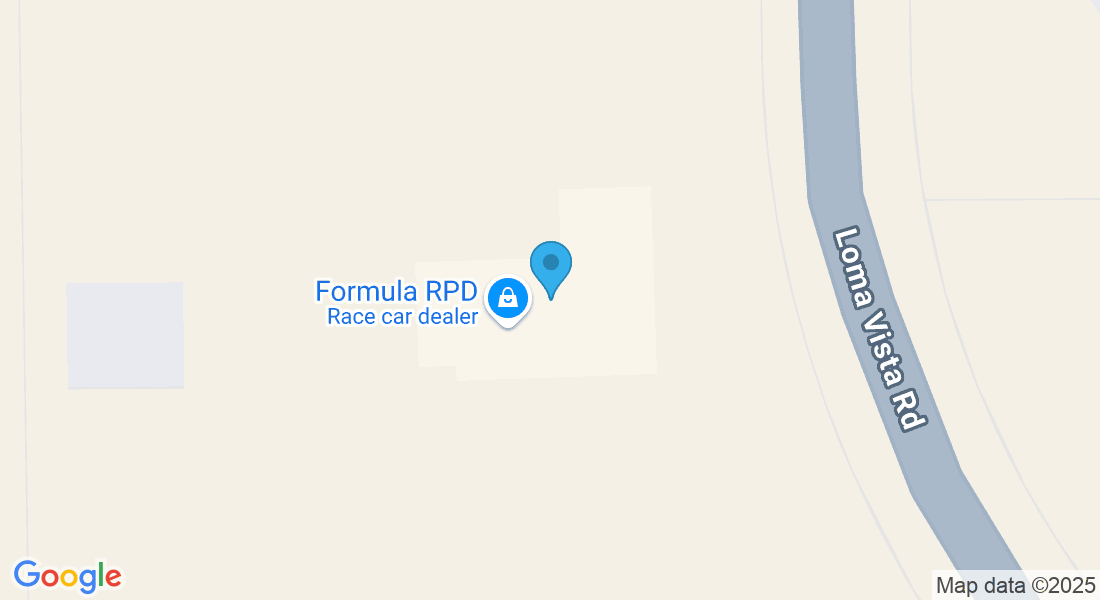Walt Boyd Welcome Message
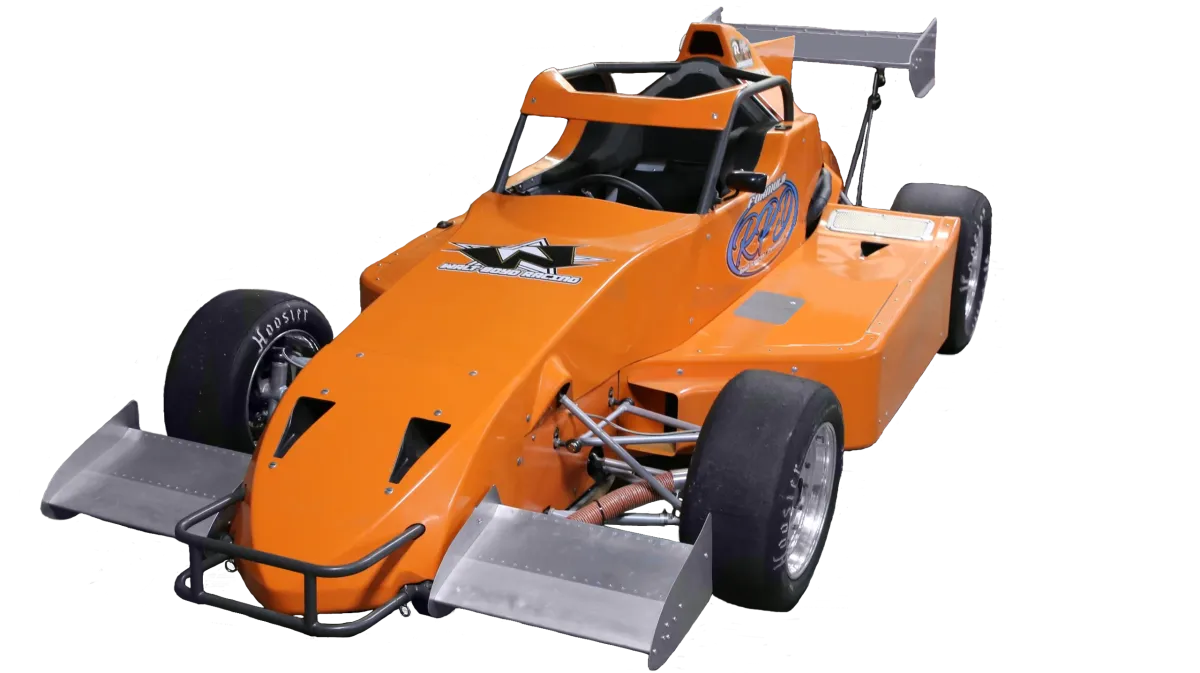
Formula RPD (F-RPD) advances the philosophy that a racecar driver, of any discipline, whether amateur or professional, can achieve the pinnacle in his or her motorsports aspirations. The philosophy: Being in a racecar competing, as often as possible, makes one a better driver – mile by mile.
F-RPD offers this path due to its anticipated affordable price and purposeful design to run on three different track types (Road Course, Paved Oval, Dirt Oval).
Some of the most respected and successful drivers in professional motorsports vehemently adhere to this philosophy. Here’s what some had to say.
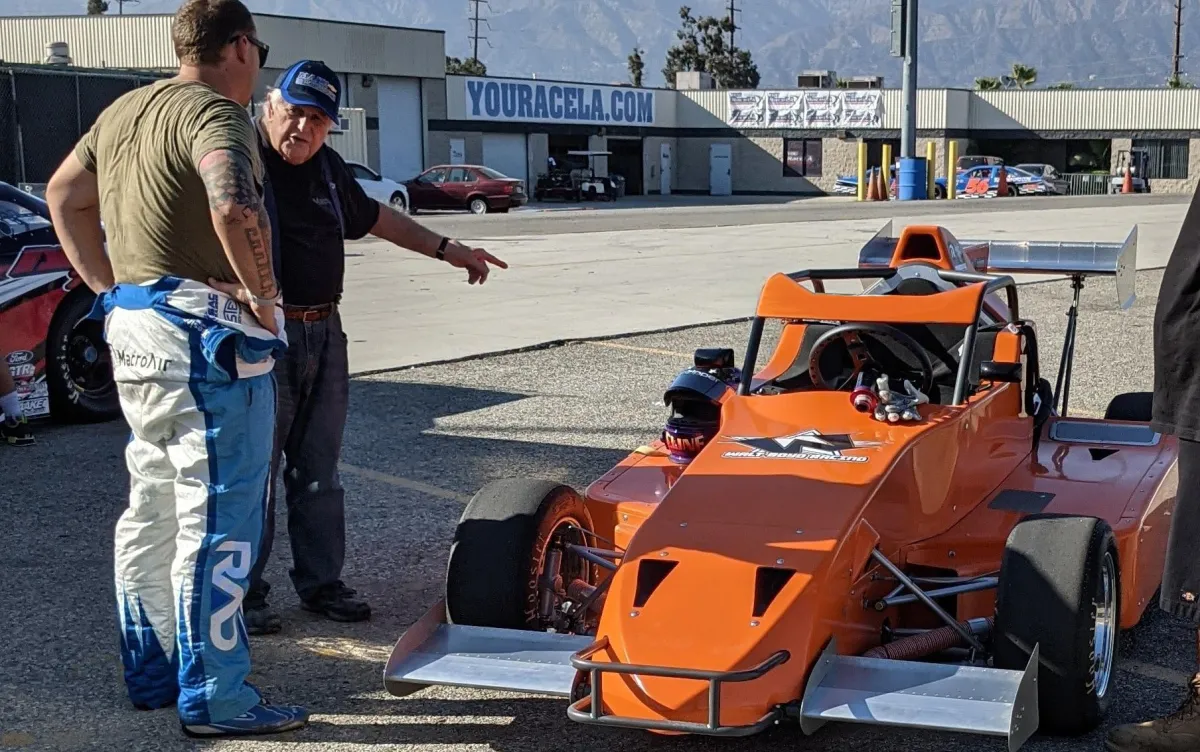
Formula RPD (F-RPD) advances the philosophy that a racecar driver, of any discipline, whether amateur or professional, can achieve the pinnacle in his or her motorsports aspirations. The philosophy: Being in a racecar competing, as often as possible, makes one a better driver – mile by mile.
F-RPD offers this path due to its anticipated affordable price and purposeful design to run on three different track types (Road Course, Paved Oval, Dirt Oval).
Some of the most respected and successful drivers in professional motorsports vehemently adhere to this philosophy. Here’s what some had to say.
Walt Boyd Welcome Message
Formula RPD (F-RPD) advances the philosophy that a racecar driver, of any discipline, whether amateur or professional, can achieve the pinnacle in his or her motorsports aspirations. The philosophy: Being in a racecar competing, as often as possible, makes one a better driver – mile by mile.
F-RPD offers this path due to its anticipated affordable price and purposeful design to run on three different track types (Road Course, Paved Oval, Dirt Oval).
Some of the most respected and successful drivers in professional motorsports vehemently adhere to this philosophy. Here’s what some had to say.
Walt Boyd Welcome Message
"What is golden is getting miles under your belt, miles, miles, miles."
- Mario Andretti (Indy 500 interview, 2011)
"I always felt I was sharper just staying in a racecar."
- Ricky Stenhouse Jr. (Speedway Illustrated, September 2025)
"Racers race, and the more you race, the better you are."
- Christopher Bell (Speedway Illustrated, September 2025)
"It's just a matter of keeping yourself in racing situations often."
- Kyle Larson (Speedway Illustrated, September 2025)
DRIVERS Quoted above ARE NOT OFFICIAL ENDORSERS OF FORMULA RPD

What IS FORmula RPD?
For young aspiring racecar drivers, the truth is that if you don’t have family wealth or exceptional family connections, your chances of making your way to the top levels of the sport are very slim. That’s true of most sports and given the fact that auto racing involves very expensive equipment, it’s to be expected.
Our intent in designing this car has been to create a class where talented drivers could make a living and build a name on the hundreds of short tracks all over the United States, while also getting road racing and rear-engine-car experience. Almost all open-wheel short-track cars—e.g., midgets, sprints cars, modifieds—are front-engine, and don’t race on road courses.
Formula RPD is a racecar that is purposefully designed to run on road courses, paved ovals, and dirt ovals.
What IS FORmula RPD
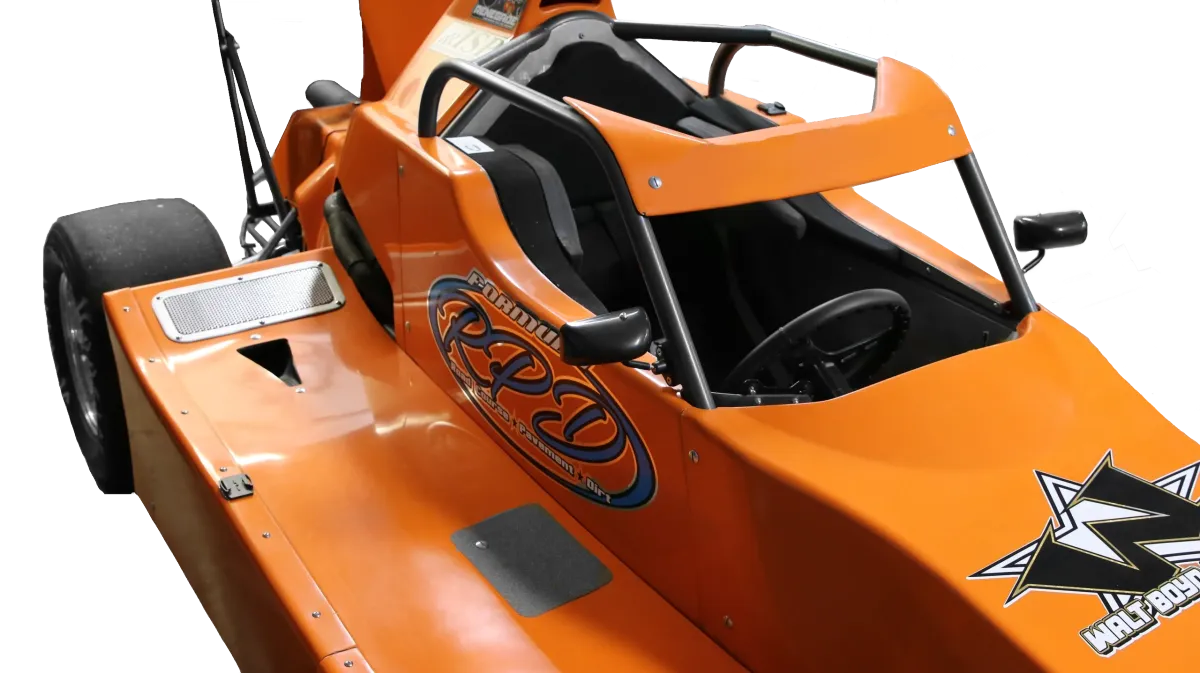
Formula RPD represents a groundbreaking new racing class developed by Walt Boyd Racing in Apple Valley, California. The name RPD signifies its versatility, as the car is specifically designed to compete on three different types of tracks: Road courses, Paved ovals, and Dirt ovals.
A New Racing Class

Unlike traditional racing classes that rely on expensive engines and gearboxes, Formula RPD utilizes high-performance motorcycle engines, significantly reducing costs. The versatility of the RPD car, capable of racing on road courses, paved ovals, and dirt ovals, allows drivers to gain extensive experience across various track types. This affordability and adaptability make Formula RPD an accessible stepping stone for middle-class racers aiming to develop the skills necessary for advancing to professional levels of racing.
A New Concept in Racing
The versatility of the RPD car, capable of racing on road courses, paved ovals, and dirt tracks, enables drivers to enhance their racing experience (fun), and gain the wide range of skills that produces truly great racecar drivers.
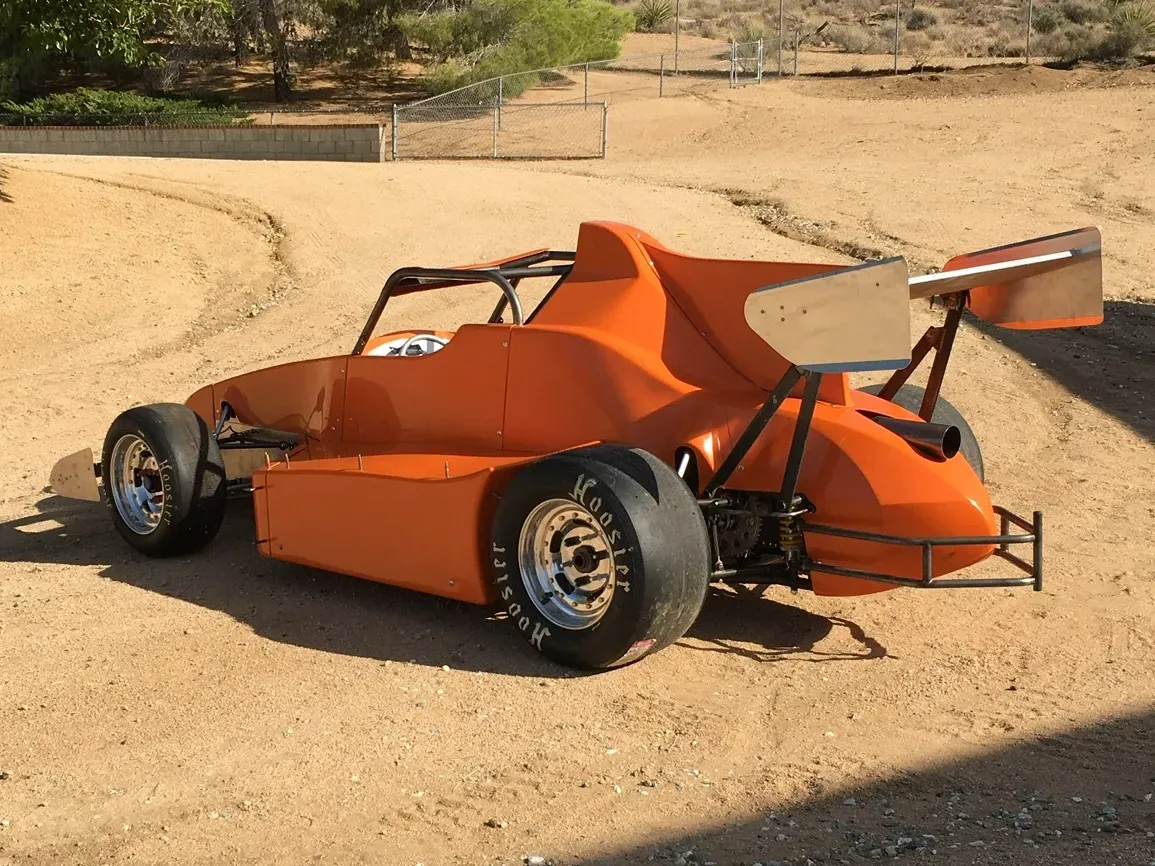
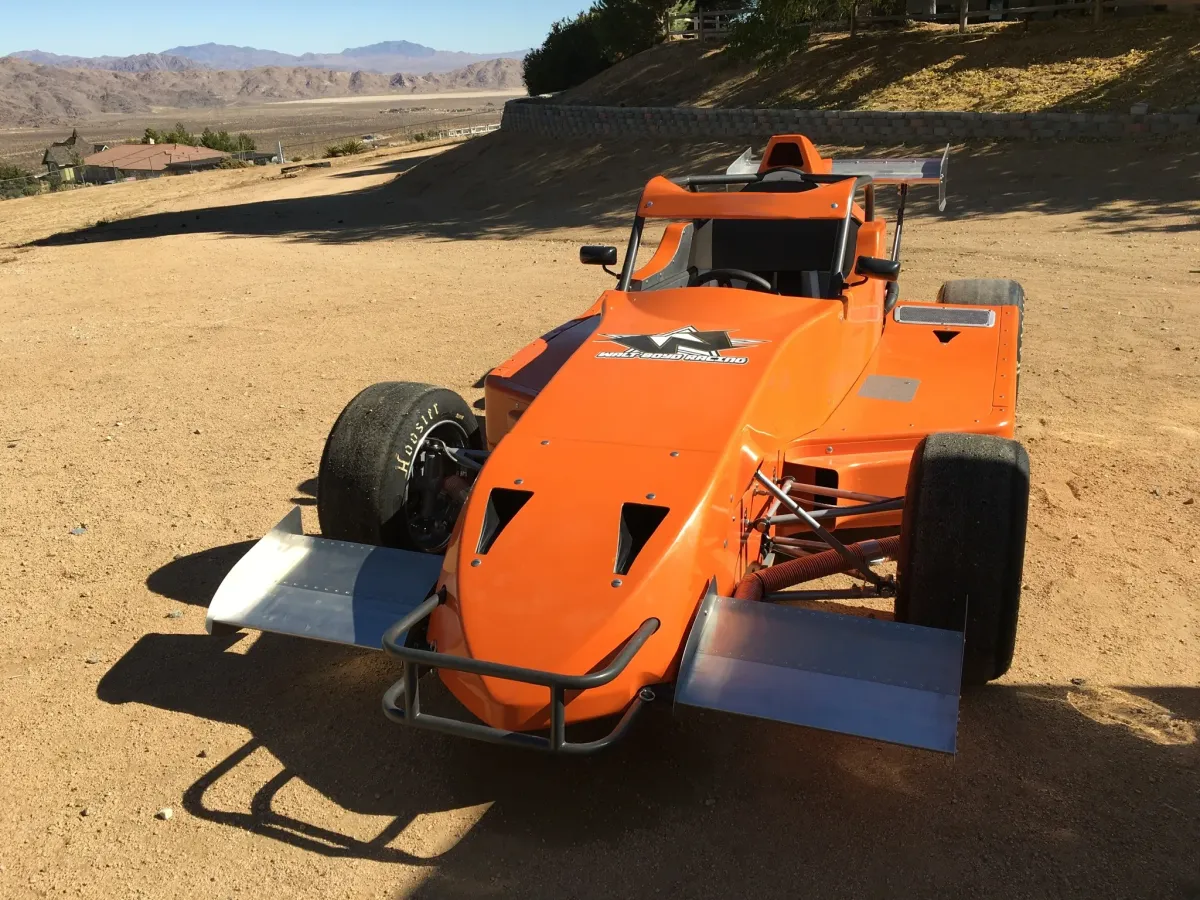
A Racecar Designed for Real Racers
The combination of a rugged yet readily repairable racecar with a Kawasaki ZX14 engine/gearbox—highly sophisticated but at a fraction of the cost of a conventional racing engine and gearbox— makes this class possibly the only way a driver with serious ambitions but lacking family wealth or connections, can race often enough and on a great enough variety of racetracks to develop the skills needed to succeed in INDYCAR racing or other the top levels of the sport.
RULES
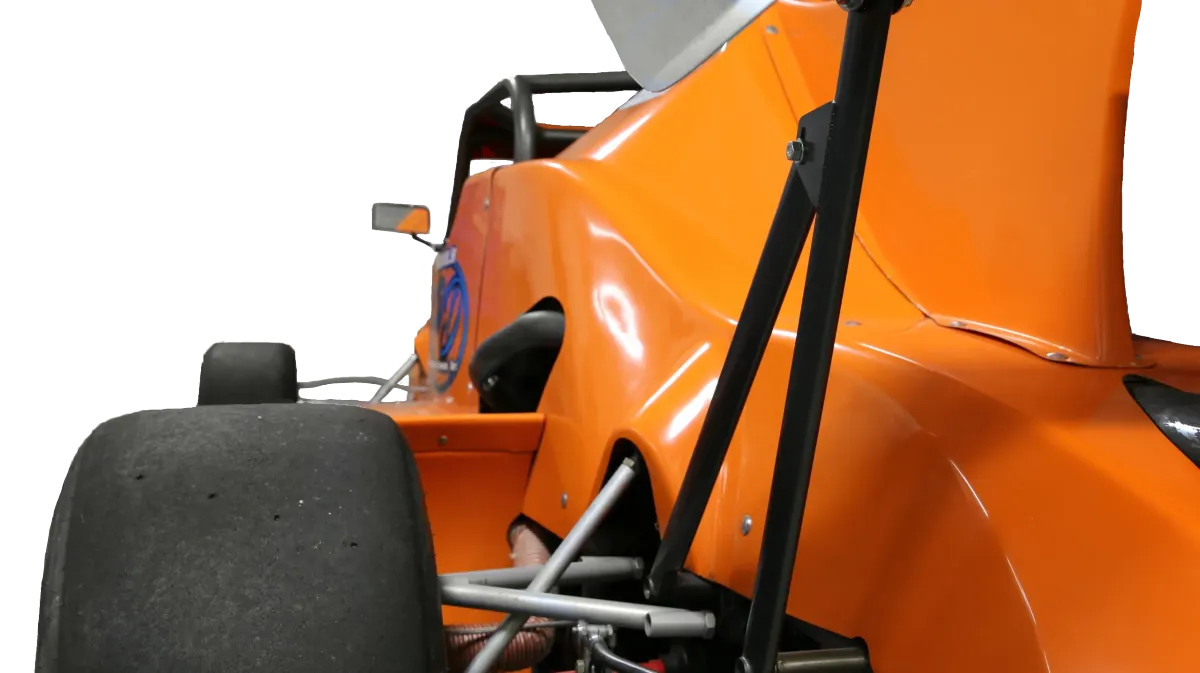
These racing rules are still tentative, but they’re not likely to change much, if at all. They deal primarily with the car itself. Other rules covering race procedures, points, purses, membership, etc. will be addressed later.

What IS FORmula RPD?
For young aspiring racecar drivers, the truth is that if you don’t have family wealth or exceptional family connections, your chances of making your way to the top levels of the sport are very slim. That’s true of most sports and given the fact that auto racing involves very expensive equipment, it’s to be expected.
Our intent in designing this car has been to create a class where talented drivers could make a living and build a name on the hundreds of short tracks all over the United States, while also getting road racing and rear-engine-car experience. Almost all open-wheel short-track cars—e.g., midgets, sprints cars, modifieds—are front-engine, and don’t race on road courses.
Formula RPD is a racecar that is purposefully designed to run on road courses, paved ovals, and dirt ovals:
What IS FORmula RPD
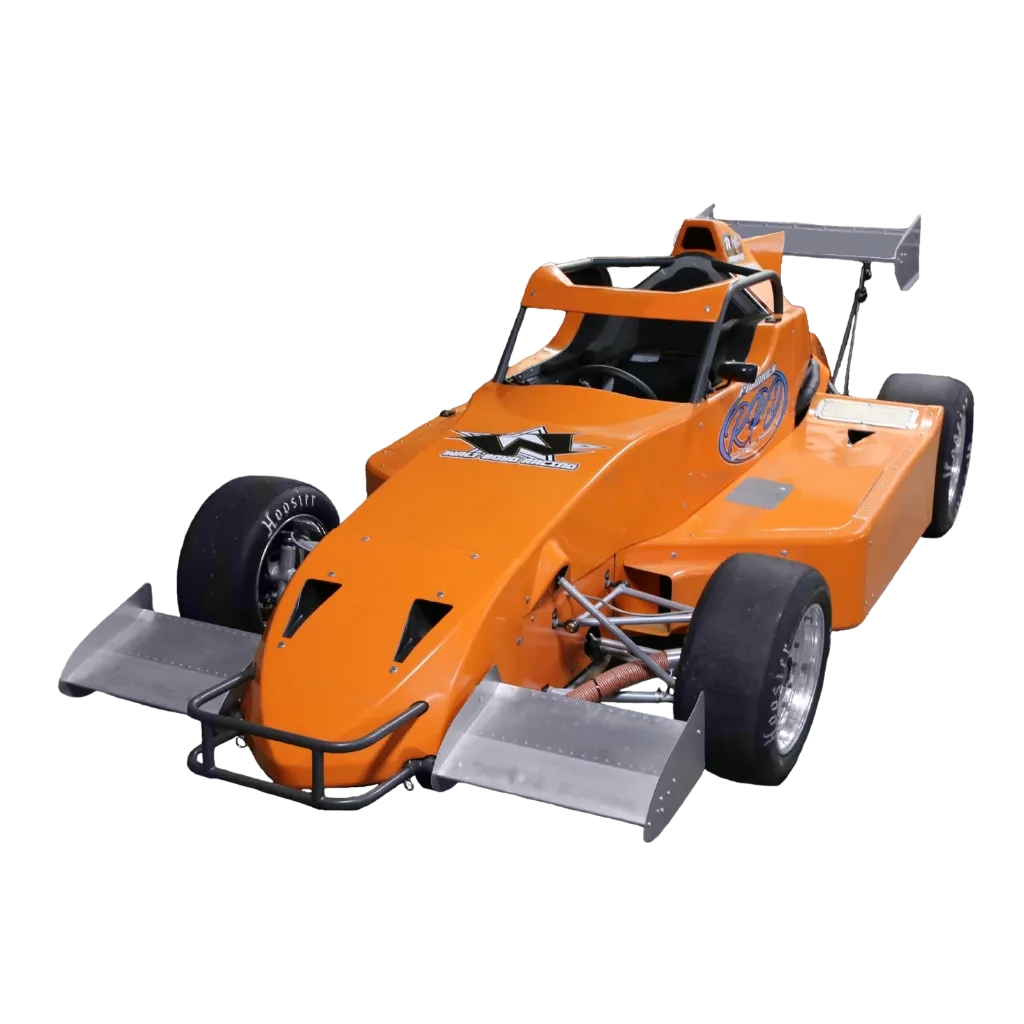
For young aspiring racecar drivers, the truth is that if you don’t have family wealth or exceptional family connections, your chances of making your way to the top levels of the sport are very slim. That’s true of most sports and given the fact that auto racing involves very expensive equipment, it’s to be expected.
Our intent in designing this car has been to create a class where talented drivers could make a living and build a name on the hundreds of short tracks all over the United States, while also getting road racing and rear-engine-car experience. Almost all open-wheel short-track cars—e.g., midgets, sprints cars, modifieds—are front-engine, and don’t race on road courses.
Formula RPD is a racecar that is purposefully designed to run on road courses, paved ovals, and dirt ovals:
A new concept in racing

The versatility of the RPD car, capable of racing on road courses, paved ovals, and dirt tracks, enables drivers to enhance their racing experience (fun), and gain the wide range of skills that produces truly great racecar drivers.
A New Concept in Racing
The versatility of the RPD car, capable of racing on road courses, paved ovals, and dirt tracks, enables drivers to enhance their racing experience (fun), and gain the wide range of skills that produces truly great racecar drivers.


A Racecar Designed for Real Racers
The combination of a rugged yet readily repairable racecar with a Kawasaki ZX14 engine/gearbox—highly sophisticated but at a fraction of the cost of a conventional racing engine and gearbox— makes this class possibly the only way a driver with serious ambitions but lacking family wealth or connections, can race often enough and on a great enough variety of racetracks to develop the skills needed to succeed in INDYCAR racing or other the top levels of the sport.
a racecar designed for real racers

The combination of a rugged yet readily repairable racecar with a Kawasaki ZX14 engine/gearbox—highly sophisticated but at a fraction of the cost of a conventional racing engine and gearbox— makes this class possibly the only way a driver with serious ambitions but lacking family wealth or connections, can race often enough and on a great enough variety of racetracks to develop the skills needed to succeed in INDYCAR racing or other the top levels of the sport.
